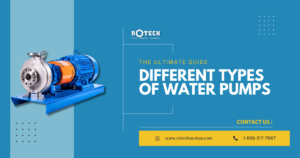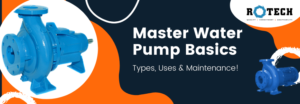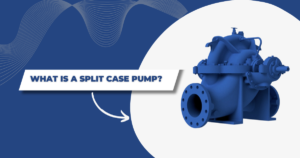Whether you work in a large-scale industry or you are at home. A problem that doesn’t commonly crosses our mind but can have a massive impact on our daily routine. The pumping problem! The chores we’re so used to performing in our daily lives happen because of sound engineering, and if that engineering goes sideways, then that can become a problem. The five common pumping mistakes that people overlook;
1) Checking the pump – The most basic and natural thing to do when such a problem arises is to check the pump. Sometimes, the problem might seem huge, but by checking your pumps you might get to know that it is not a big deal. The cause might be a packed suction line or improper maintenance. Check on the flow and adjust it frequently to envelope the pump’s performance.
Don’t vent a running pump because the lighter the air will stay in the middle of the casing then the heavier fluid will move to the outside. Air, even at 2 to 4 percent can air bind a standard pump. Maintain substantial submergence to prevent vortexing and an adequate net positive suction head available margin.
2) Pump Seal – It’s a common notion to think that packing is cheaper than a mechanical seal. The only cost that comes under the reprimand is the replacement cost. But when the packing costs are taken into consideration, inclusive of adjustment needs and immoderate flush water consumption, damage to shafts, water corrosion, and more. Some states might provide rebates based on reduced water consumption.
3) Suction Lift Pumps – When it comes to a suction lift, keep a check on air leaks in the suction system. It’s essential to remember that fluid will not leak out, but the air can certainly leak in. In an ideal case, the maximum suction lift at sea level is lesser than 34 feet but when it comes to the real world with friction and vapor pressure, the suction level becomes automatically less. Higher altitudes above sea level, and warmer fluids along with vertical lifts can become problematic.
So, when troubleshooting malfunctioning pumps, the common mistake can be the installation of the wrong impeller during the occurrence of maintenance. Also, it can be the correct impeller installed at the wrong diameter.
4) Centrifugal Pump – This type of pump is dull and will only operate where the system curve dictates. So, if a pump is not operating where it is supposed to, then start by reviewing the validity of the system curve, which is an entire summation of the system’s static head, pressure head, velocity head, and friction head. The system curve’s geometry is directly related to the flow rate, elevation changes, pipe size, and losses that occur because of the entirety of the components in the system.
Though it is to be noted that the system curve is dynamic and it can change with the elevation of the tank or the pressure. That being said, it can also change with the position of the valve, system age, corrosion, and fouling. So, it is befitting to walk through the system and analyze the situation out there.
5) The Curve of Pump Performance – Once a pump’s operation commences, from either end of its curve, areas of problems like cavitation, separation, and recirculation occur. A manufacturer’s pump performance curve is established on pumping water at ambient temperature, which is usually around 68 F, and a specific gravity of 1.0, a viscosity of fewer than 30 centipoises, along with an assumption that the fluid is not a slurry.
Many times, the manufacturer’s curve is typically based on a stated speed and the actual speed in the field differs, which is overlooked. The difference in the speed can occur due to the induction motor not being fully loaded or properly specified because of the maximization of lower load in the motor speed. It can also occur because of voltage variations. So, when such problems arise, take a look at the motor nameplate and contact the manufacturer for the full load speed and the expected percentage of slip. The advent of variable speed drives over the last two decades has made the speed difference issues more widespread. A 30-50 rpm can also make a massive difference in the performance of the pump.
Rotech Pumps & Systems is a manufacturer & Supplier of various types of pumps, mechanical seals, and valves. We offer a quick turnaround on inquiries and support for such pumping problems.
Our team aims to become a valuable resource for the customers and provide solutions according to their requirements. Rotech has come far from being a pumping systems company.
Recent Posts

A Comprehensive Guide to Types of Water Pumps and Their Applications
Introduction Water pumps are indispensable

The Complete Guide to Water Pumps: Types, Uses, and Maintenance
Water is life, and the

Comprehensive Guide to Split Case Pumps
Split case pumps are a


